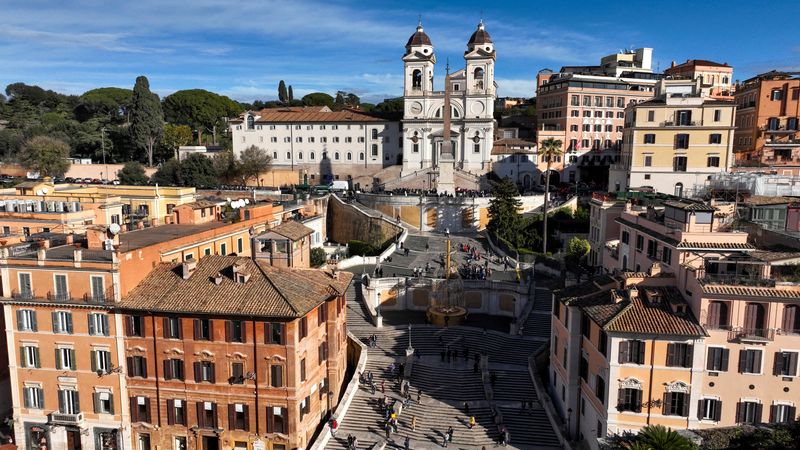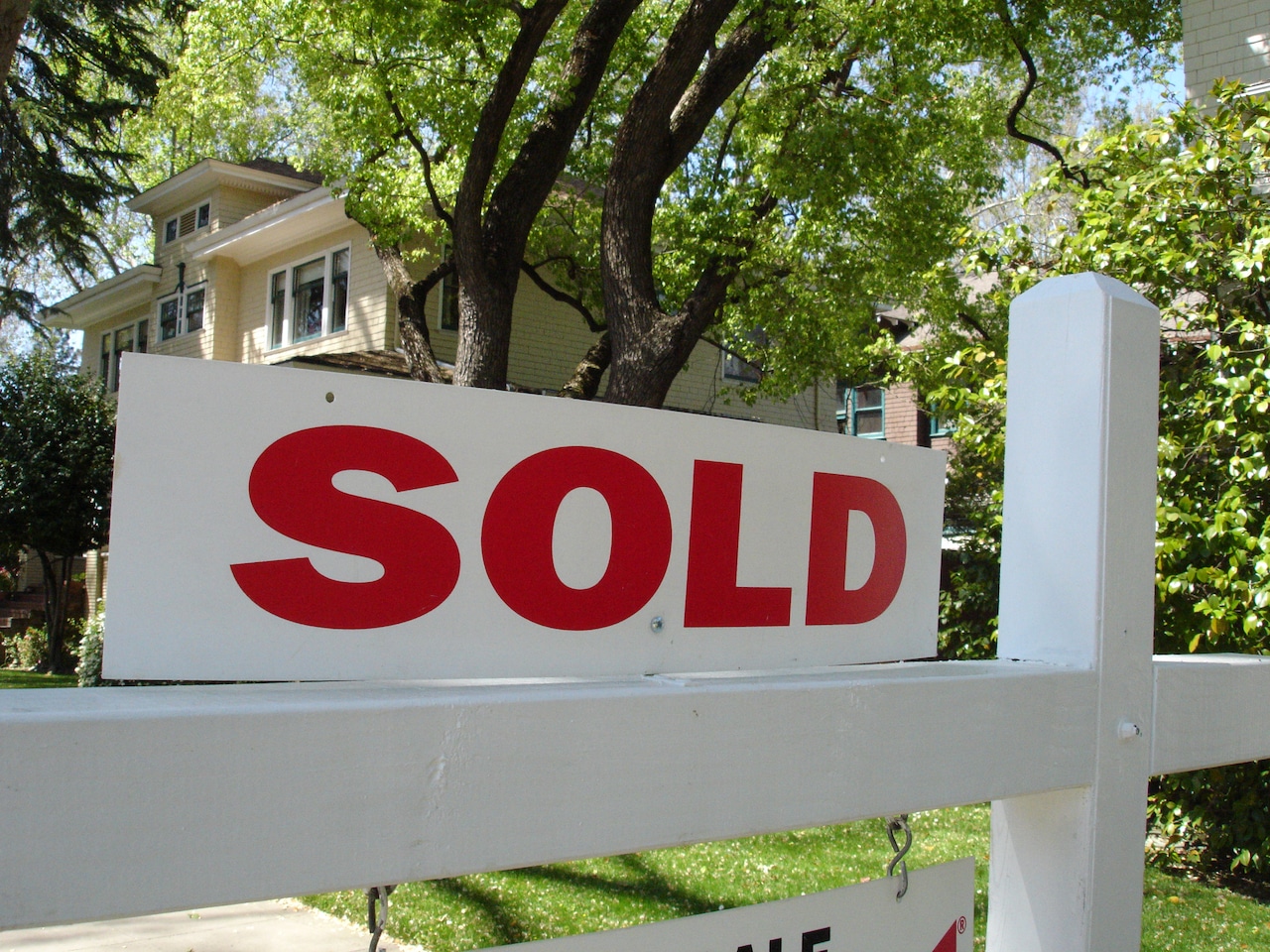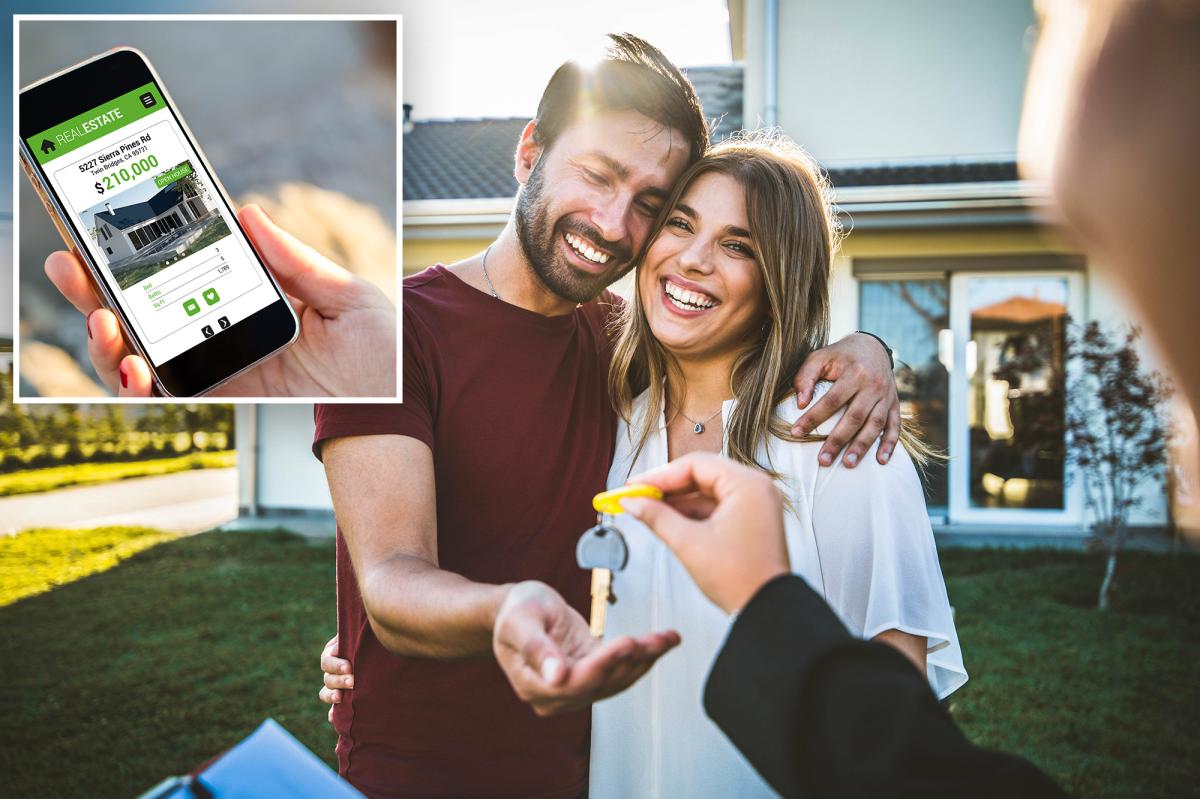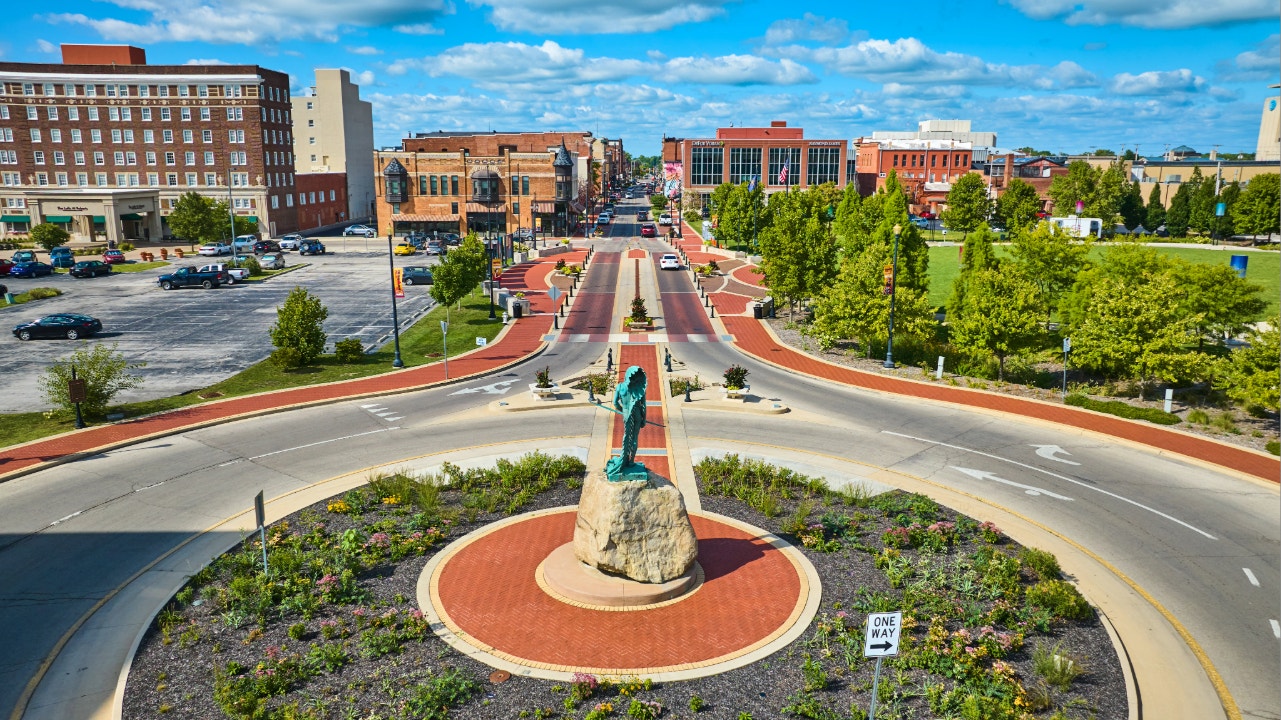I
talian architect Giuseppe Pezzano is on the hunt for a second home and studio in Rome, drawn by the city's underdeveloped real estate sector. This shift highlights a wider trend: after Milan absorbed over half of Italy's professional real estate investments in the past five years, investors are now turning to Rome. According to Scenari Immobiliari data, Milan's sky-high prices and judicial probes have slowed its market, while Rome's more affordable prices and public spending for the Holy Year have made it an attractive destination.
Pezzano notes that a one-bedroom apartment in Milan costs 400,000 euros, but in Rome he can find a late 19th-century building at a similar price. He believes Rome is on the cusp of an architectural renaissance, driven by its unique beauty and potential for urban renewal. Last year, Rome accounted for 17% of Italy's professional real estate investments, up from 11% over the previous five years, with investors pouring 1.7 billion euros into projects.
The Holy Year has fueled 8 billion euros in public spending to refurbish central areas and strengthen infrastructure. New town planning rules approved in December aim to promote urban renewal across the city's ancient ruins and historic landmarks. Global real estate investment manager Hines is also eyeing Rome, with its country head Mario Abbadessa saying the city has the potential for a "real estate renaissance" similar to Milan's over the past decade.















